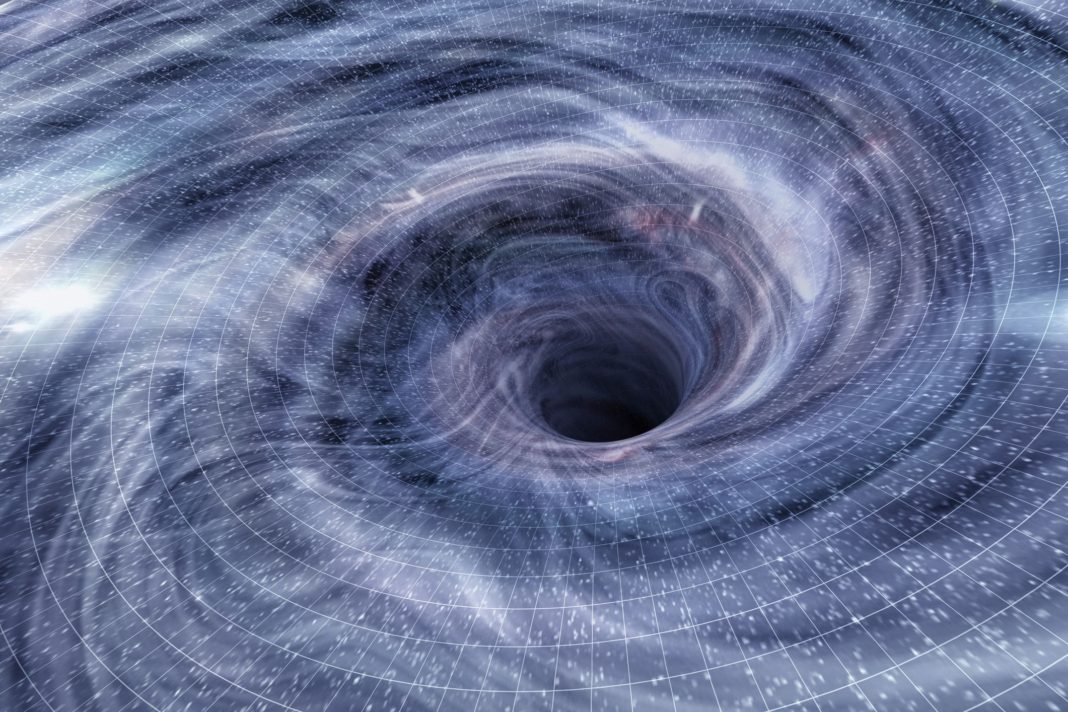Quantum gravity and all that surrounds it holds many, many mysteries that scientists are just itching to get to the bottom of. While they know that general relativity and quantum mechanics are both powerful in their own right no one yet has been able to find a way to interconnect the two.
The theory of quantum gravity is a hard one to prove down here on Earth and while several candidates exist scientists are unable to test them directly. However, a cosmic test has been created by Michael Kavic ad colleagues at Long Island University in New York that may just solve that problem. What they have created is essentially a binary system that consists of a black hole and a pulsar.
A pulsar forms when a star with a mass that’s more than eight times that of the sun, explodes as a supernova once it runs out of nuclear fuel. What’s left is an object that rotates and emits radio waves from its magnetic poles, which coincide with its rotational axis. This means that what an observer would see is a perfect flashing radio signal similar to that of a lighthouse beam. Kavic suggests that it’s this regularity that also makes them good gravity probes.
There are some theories out there that suggest the internal state of a black hole can be linked to the quantum fields outside and that this coupling would be seen as fluctuations of space-time in the black hole’s atmosphere. The radio signal would look normal any time the pulsar passed in front of the black hole, but if the black hole passes over the pulsar, the radio beam will reach us by a steeply curved region of space-time, which is the result of the immense gravity. When it comes to quantum gravity, the fluctuating space-time alters the signals in such a way that it appears fuzzy to look at when graphing arrival times.
Because this type of measurement has been done before, Kavic says, “We know how to do this.” While those observations didn’t pick up any departures from general relativity, black holes are a different kettle of fish where space-time is warped more significantly. There are of course skeptics, as with any new theory. Samir Mathur at Ohio University in Columbus is doubtful about the test as feels the quantum effects would have to be extended way outside the event horizon if it was going to affect the pulsar beams surrounding the black hole. But he still admits it’s a good idea too and says, “If they do observe something that would be big. It would be a whole new field of study.”
More News to Read











